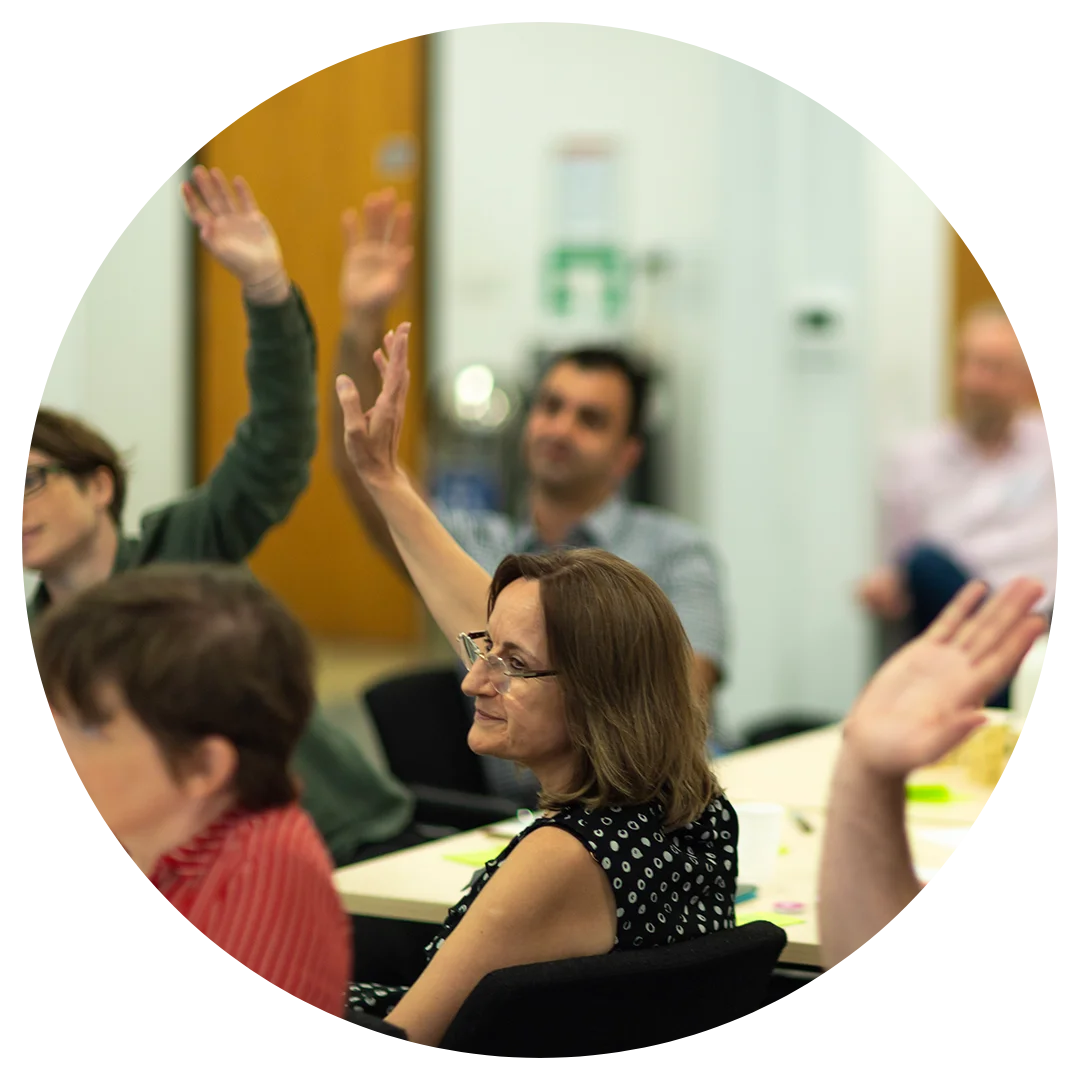How service design can support you in local government
Good services don’t just happen. It takes understanding what is required of a service to be able to design what ‘good’ looks like, and to determine how to get there. This is where ‘service design’ can help.
Service design considers the people using a service and everything that goes on behind the scenes that makes a service happen. It is an approach that is grounded in finding and using insight and evidence, working collaboratively and innovatively, designing, testing and iterating options that can deliver sustainable improvement and change. This way of working can mean less time, effort and money being spent on troubleshooting or making band-aid fixes. The days of re-organising staff structures in a service and hoping that by magic this makes a service work better are behind us, or should be.
What do we mean by service design?
Designing a service can broadly look like two things:
- Designing a completely new service: Creating new services from scratch by understanding gaps in a current offer or identifying and responding to new needs that have emerged.
- Designing an existing service: The aim of a re-design can vary, but primarily it focuses on aiming to create a ‘smooth’ experience for the user, whilst delivering a more efficient and effective way of working behind the scenes.
What do service designers do?
One useful way to think about what service designers do is the way the team at dxw breaks it down: generating understanding and facilitating decision making. We would also add to this: experimenting, testing and iterating ideas that practically work in the real world.
Services are mostly invisible, and so a key role of a service designer is to ensure the many facets of a service are known, more visible and comprehensible. This can often take the form of visual maps of the service processes, approach and the users journey.
Once there is a common understanding of a service, service designers play a key role in creating and making sense of insights related to it, contextualising them to the businesses goals, and creating space for stakeholders involved to innovate, ideate, make decisions and take the next steps in testing and build blueprints, and delivery. This usually involves facilitation or co-design in the form of workshops, ‘show and tells’ and synthesis sessions. Service designers help move ideas from initial thoughts to prototypes that can be tested and iterated. The wealth of evidence, rationale, proof of concepts and buy-in that is built by this approach often facilitate the necessary change.
Across their work, you will see service designers work holistically, building connections to individuals and teams across the organisation, zoom in and out to different levels of granularity, being inquisitive, and use various tools to ensure they collectively challenge our ways of thinking and doing things.
It is important to recognise that service designers and the teams they are part of or work with can look very different from each other. It will depend on a variety of things such as the scope of the project, the stage or outcome required for a project, and of course, the budget!
So when should I involve a service designer?
The ideal time to involve a service designer is at the very beginning of an improvement or change project, so they are part of a project’s DNA. This allows the designer to help define the outcomes required and shape how the foundational aspects can be achieved, whilst ensuring a person-centred focus scope is delivered from the outset.
Where could service design fit in my organisation?
Depending on an organisation’s goals, you can determine where your service designers should be. For example, if the goal is to deliver a local authority’s priorities or create change that spans different departments, it may be beneficial to have service designers in a corporate transformation or change team or within a programme. Often they work on the key organisational goals or priorities.
Regardless of where they are, you can expect a service designer to bring together and collaborate with a range of stakeholders including service staff, users and others. They might do this with support from business analysts and user researchers, and often themselves become proficient in those skills in their absence!
Where can I start?
If you are excited about what you’ve heard so far and are thinking about how service design could help your organisation, we’ve compiled a few resources that can get you started below.
- Local Government Service Design Maturity Model – A group of councils worked together to design and build a maturity model to support authorities in recognising what service design approach is and be able to identify where and how your authority can build on its approach.
- Transformation Capabilities: Service Design | Local Government Association: Explore the Local Government Association’s Transformation Capabilities Service, a framework designed to enhance the skills and strategies necessary for effective public service transformation at the local level.
If you would like to have a thought partner in adopting a service design approach or have any other service design related questions, we’d be happy to set up a call. You can reach us at contact@loti.london.
This blog was written jointly with Katie Brunger, Service Design and Insight Manager, London Borough of Newham.
Anjali Moorthy
Katie Brunger


